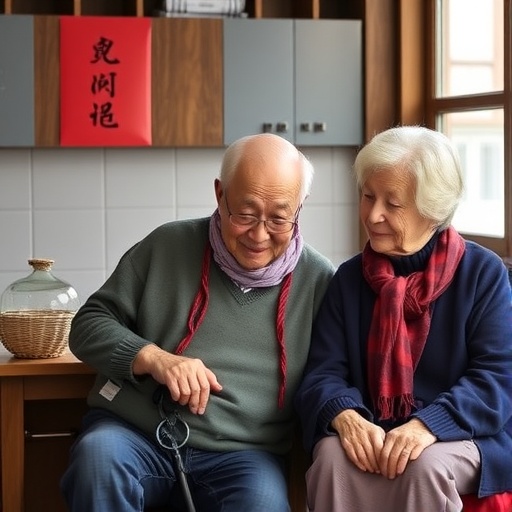WASHINGTON — One of the largest studies on out-of-pocket costs for nursing home care finds prices are high and rising faster than other medical care and consumer prices, reports a team of health policy researchers.
Their study, published in Medical Care Research and Review, reviews nursing home prices in eight states between 2005-2010 and uncovers out-of-pocket prices that increase significantly beyond normal inflation and inflation in medical care prices.
For example, annual out-of-pocket costs for nursing home care increased as high as 30% in California during the study period.
The study also finds substantial price variation across states. In 2010, at an average of $131 a day (about $47,800 annually), Texas had the least expensive nursing home out-of-pocket cost, while New York State, at $334 daily ($121,910 a year) had the most expensive.
The study also finds different prices between nursing homes after adjusting for staffing levels and geographical difference.
The for-profit nursing home chains charged the lowest prices and nonprofit nursing home chains provided the most expensive care. The price differential between for-profit chains and nonprofit chains is about $4,160 annually, or equivalent to 6.2% of the average price of for-profit nursing homes. However, there is no statistically significant difference in prices between for-profit and nonprofit independently operated nursing homes.
The researchers also find that areas with higher market concentration of nursing homes leads to higher prices. Nursing homes that are near capacity limit also charge more than nursing homes that have more rooms available.
The study aims to provide more transparency of the out-of-pocket prices of nursing home care. “Not many people have those kind of resources, and so it is important to understand how fast prices grow and how they vary,” says the study’s lead author, Sean Huang, PhD, MA, assistant professor in the Department of Health Systems Administration at the School of Nursing & Health Studies at Georgetown University Medical Center.
Typically, individuals in need of nursing home care who do not have Medicaid, and usually pay out of pocket until they run out of money. Then they are eligible for Medicaid, Huang says. Only a small fraction of nursing home residents have private insurance, such as long-term care insurance, that helps cover the costs.
This study used a unique dataset on nursing home prices from 2005-2010 across eight states. “Very few people have studied this topic, so it required building the largest dataset on nursing home prices to date,” Huang says. “This kind of information is very valuable to potential consumers of this care.”
###
Study co-authors include Richard A. Hirth, PhD, from the University of Michigan,
Jane Banaszak-Holl, PhD, from Monash University in Australia, and Stephanie Yuan, BA, from Georgetown University Medical Center.
The study was partly supported by a grant from the U.S. Social Security Administration, funded as part of the Retirement Research Consortium through the University of Michigan Retirement Research Center Award RRC08098401.
The authors report having no personal financial interests related to the study.
Georgetown University Medical Center (GUMC) is an internationally recognized academic medical center with a three-part mission of research, teaching and patient care (through MedStar Health). GUMC’s mission is carried out with a strong emphasis on public service and a dedication to the Catholic, Jesuit principle of cura personalis — or “care of the whole person.” The Medical Center includes the School of Medicine and the School of Nursing & Health Studies, both nationally ranked; Georgetown Lombardi Comprehensive Cancer Center, designated as a comprehensive cancer center by the National Cancer Institute; and the Biomedical Graduate Research Organization, which accounts for the majority of externally funded research at GUMC including a Clinical and Translational Science Award from the National Institutes of Health. Connect with GUMC on Facebook (Facebook.com/GUMCUpdate), Twitter (@gumedcenter) and Instagram (@gumedcenter).
Media Contact
Karen Teber
[email protected]




